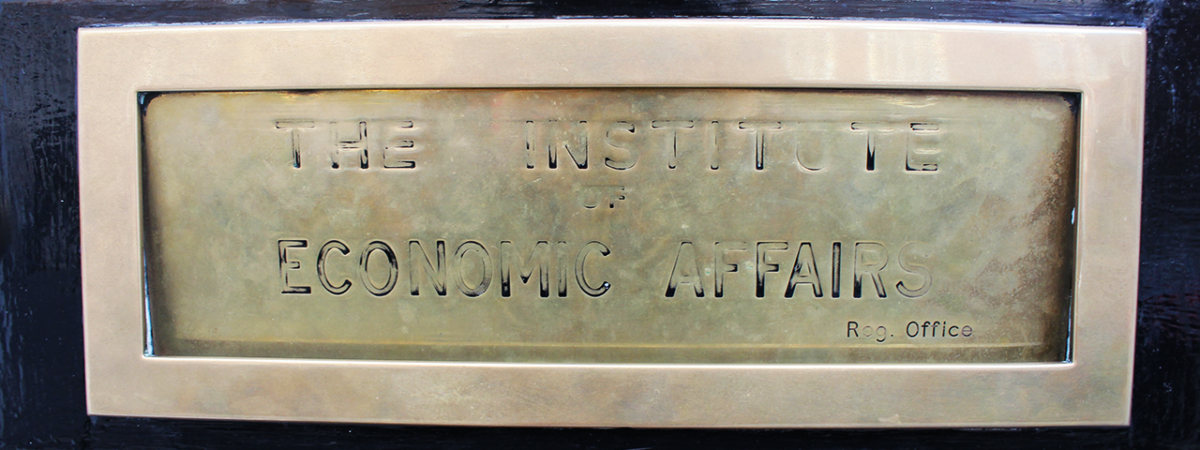Food banks and food insecurity (Part 2)
SUGGESTED



Alston points to rising food insecurity and calls for the government to “systematically measure food security”. However, he ignores the only time-series data we have on this. Eurostat surveys ask respondents if they are unable to afford a meal with meat, chicken, fish or a vegetarian equivalent every second day.
It stood at 5 per cent in 2018 and has been in decline since 2012 (with stability in more recent years). The only evidence Alston cites is the rising number of food packages handed out by the Trussell Trust which he presents as “food bank use increased almost fourfold”. He observes there are now over 2,000 food banks in “the United Kingdom, up from just 29 at the height of the financial crisis”.
Such evidence is intended as indicative of societal decline and an increase in hardship, as well as being morally damning of current policy. However, it is not true that food packages handed out is the same as unique users.
Moreover, there is a logical fallacy of inference at play here. Just because there are more food packages being handed out, does not necessarily mean demand is growing. It could simply be an innovative type of charitable welfare provision is catching on, in order to meet a pre-existing demand that had previously gone un-serviced.
Indeed, if we look at the graph below, then we see this is likely to be the case. The share of people who could not afford a square meal every two days was 4 per cent in 2009, rising to a high of 9 per cent in 2012, there after declining to 5 per cent in 2018. At the same time the number of food packages handed out by the Trussell Trust has grown relentlessly, much as Alston describes.
From 2012 onwards, more food was handed out as food insecurity overall was declining.
If 5 per cent of the population is food insecure, that means there are around 3.5 million people who might need to use a food bank at some stage. As stated by Alston, there used to be 29 food banks, now there are over 2,000 – an innovation in charity welfare provision has taken off at the same time as food insecurity has declined. Before the recession, had the Trussell Trust existed in the same capacity as it does today, it would conceivably have been able to hand out the same number of food packages as it does currently.
Note the ratio of food packages handed out to the number of people unable to afford a square meal every two days (food insecure) was 46 per cent in 2018/19, up from 4 per cent in 2010/11 – the point being there is still much more potential for Trussell Trust expansion. Expect to see more and more food packages handed out and note that these are shrewd fundraisers that have linked up with corporate sponsors such as Tesco; they are capable of growing further still.
This is not intended to diminish the plight of people using a foodbank, but rather to better clarify what food bank statistics might imply.
Figure 4. People with food insecurity and food packages handed out by the Trussell Trust – Eurostat and Trussell trust end of year stats

Continued in Part 3



